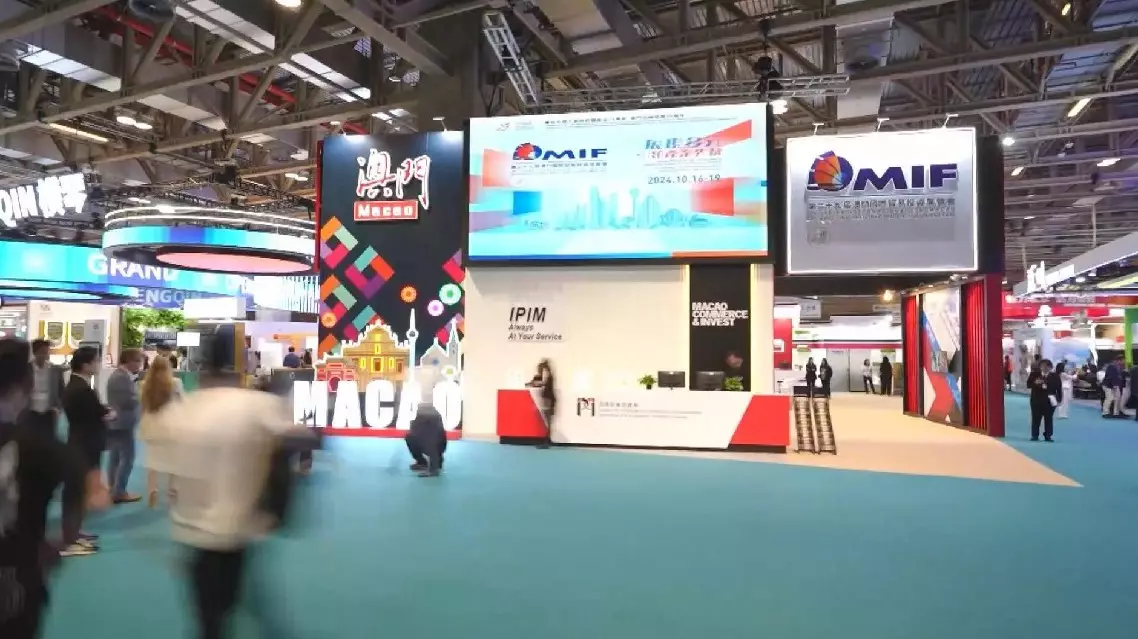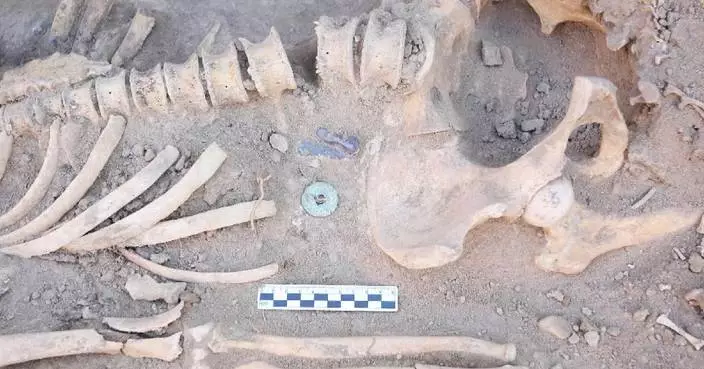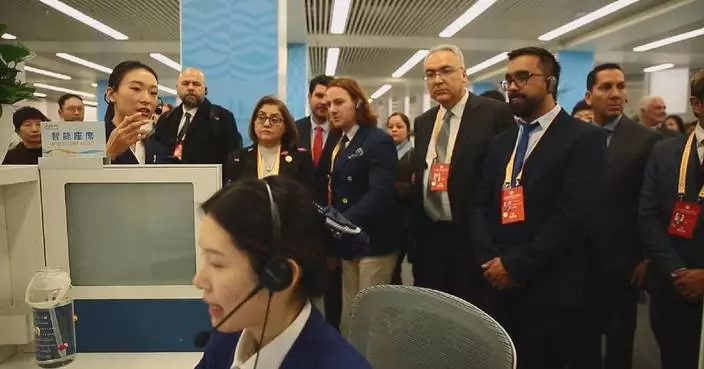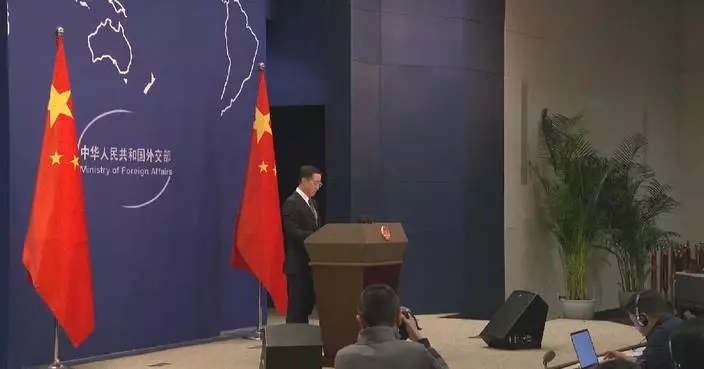Musicians attending this year's Mid-Autumn Festival Gala, hosted by China Media Group, are looking to connect diverse cultures and foster understanding across borders through music, a universal language that transcends national and cultural boundaries.
The Mid-Autumn Festival celebrates family and unity, but it is more than just a time for reunion and mooncakes. It is a celebration of unity and culture, reaching beyond China.
When talking with China Global Television Network (CGTN), musicians emphasized they wanted to show the unique charm of Chinese traditional culture and art to people all over the world by breaking through national barriers and connecting people through shared emotions and art. While their journeys differ, they share a common mission: using music to bridge East and West.
"I am a member of the Phoenix Returns Quintet, an ensemble consisting of five female musicians playing the oboe, piano, violin, viola, and cello. Although we use Western instruments, we primarily perform Chinese music. For this Mid-Autumn Gala, we will present four beautiful Chinese pieces using Western instruments, showcasing the distinctive features of different regions in China," said Pei Jiadi, an Oboe player.
"Our program features a fusion of opera singing, pop, and R and B music, with artists from different regions of China. We are especially excited to have the student choir from Macao join us, which is truly moving and heartwarming," said Zhang Yingxi, an opera singer.
Music is a universal language, capable of crossing borders and cultures without the need for translation. Chinese musicians are exploring how to use Western instruments to express traditional Chinese culture and diverse ethnic voices.
"We once performed a piece called 'Mountains and Rivers' at the OLYMP'ARTS opening ceremony in Greece, where we were the only Chinese performers at the time. Through the music, we conveyed the delicate beauty of China's landscapes to international audiences. They truly enjoyed it, and the applause was very enthusiastic," said Pei.
Similarly, adapting and localizing artistic forms, like Western opera, highlights ongoing efforts to make diverse cultural experiences more accessible and engaging for audiences in China.
"To make Western opera more accessible in China, we should adapt it to local tastes rather than simply replicating Western styles. For example, combining dialogue with singing, as we did in the Chinese opera 'The White-Haired Girl', can enhance its appeal. Additionally, using social media tools, such as live streaming, can more effectively engage younger audiences," said Zhang.
The Mid-Autumn Festival in China is a festival in honor of the moon and harvest, as well as an occasion for family and friend reunions to eat mooncakes and appreciate the moon. It falls on the fifteenth day of the eighth month in the traditional Chinese calendar.
This year's festival falls on Sept 17, with the public holiday running from Sunday to Tuesday.

CMG Mid-Autumn Festival Gala seeks to connect diverse cultures through music









